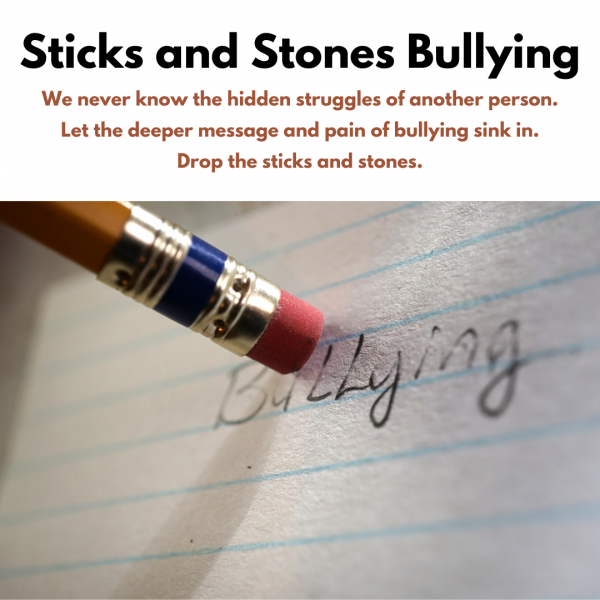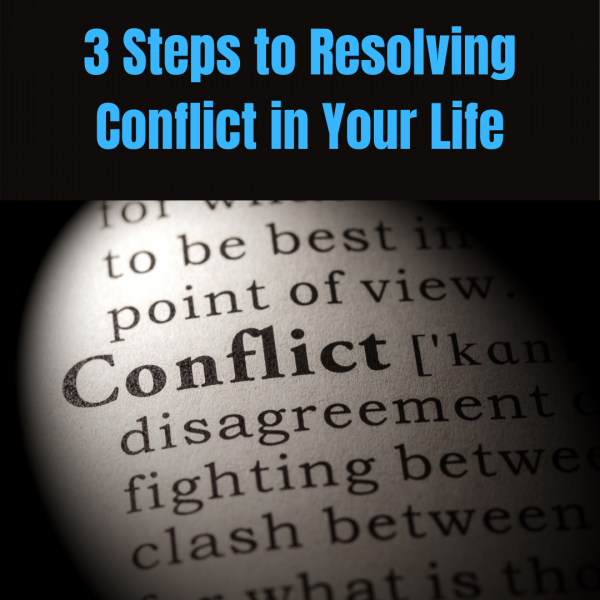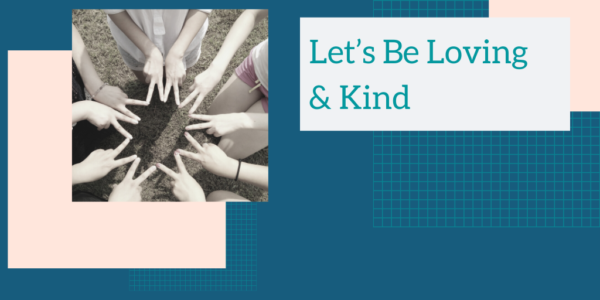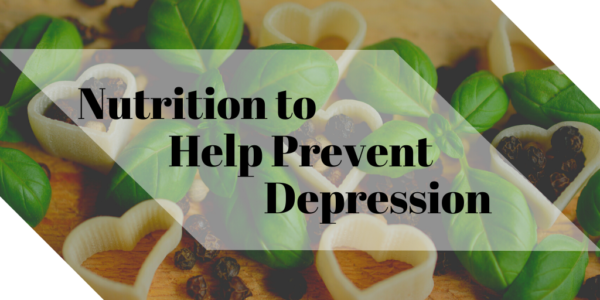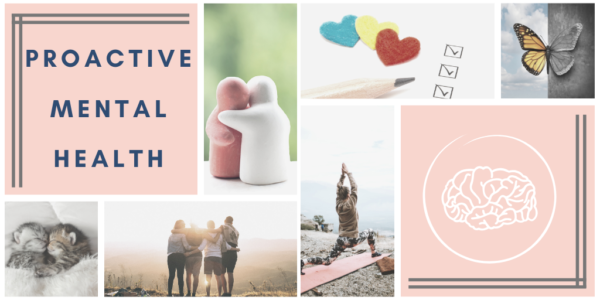Is there any day that passes without a crisis? Your life does not have to be chaos, crises or so turbulent. The key is learning new tools for resolving conflict in your life.
Your life today can feel out of control. Emotions such as anger and frustration can take anyone over in an instant. Unresolved emotions feed nearly all conflict. Stepping out of truth undermines resolution and fuels more conflict. Conflicts become crises when you ignore emotions and step out of your truth.
Life isn’t about avoiding or denying conflict. So, what’s the most powerful thing you can do? You can learn how to deal with conflict quickly, consciously, effectively and truthfully. You can learn intelligent responses to conflict, rather than reacting. You can decide to take actions that lead to peaceful solutions. You can feed your own power to resolve conflicts.
Building your powerful skills to resolve and avert crises takes three steps:
1) Becoming aware of your emotions
2) Seeking the truth
3) Creating peaceful solutions
Becoming Aware of Your Emotions
You can gain the tools for naming and taming your emotions. All day long you experience feelings that create emotions. Your heart sends messages to your brain constantly, leading to physiological changes moment to moment directly tied to your emotions. Some emotions cause you to feel depleted or weak. Other emotions have the opposite affect, renewing or strengthening. If you are unable to identify the source and how to move out of depleting emotions, conflict is sure to follow.
Choosing to leave a depleting emotion to get back to a neutral space immediately and sustainably moves you through and out of conflict. Even better, you can choose to move to an opposite renewing emotion and blast right out of conflict. Knowledge about your emotions is power.
Seeking the Truth
Being truthful allows repeated conflicts to end. Knowing your strengths and weaknesses with speaking your truth gives you immediate access to find more of the truth of any situation. Everything begins with understanding your part of a conflict, your part of a missing truth and your part of any resolution. Too often, we all begin looking to every one but ourselves to find cause, blame and judge. Looking at others merely masks the truth and moves us farther away from where we should be seeking answers. One thing is sure: if you are embroiled in any conflict, you had a part in making it happen.
Five elements of truth must be explored in order to start resolution. These five elements when clearly understood open your perception to the truth behind the words being spoken. When you find yourself in conflict, feel conflict or are reviewing past conflicts, solutions unimagined before emerge when you are honest about these questions:
- Where do I live my truth the strongest?
- Where am I the weakest in living truthfully?
- How do I usually step out of my truth?
- What are my most truthful qualities?
- Do I know anyone that is a great example of living truthfully?
The more time you put into these five questions, the faster you become at checking for your truth about what any conflict is really about.
Create Peaceful Solutions
You can see patterns in the way you create conflict in your life. These patterns emerge from your mind. Your mind is an efficient engine for learning ways to get the things you want.
Your ego works hard to protect you from its perceived dangers. Obvious signs of conflict are when your fight, flight or freeze automatic mechanism is triggered. The emotions that cause a flood of biochemical reactions in your body are produced to give you the best chance of surviving an immediate threat. However, today you have little reason to react in this ancient unconscious programmed survival reaction mode to the kind of conflicts and issues present in your life.
Your behavior patterns go beyond ego and survival responses. These patterns also include unconscious beliefs and judgments that generate negative thinking. Let’s just say that “negative thinking” is the constant presence of thoughts that undermine or sabotage your success. Repeating experience-driven memories condition your thinking and responses to all situations you encounter daily. They can haunt you during restless sleep. But, these negative patterns don’t have to be your master. You can reprogram your mind to focus on new thoughts and experiences that are supportive and positive.
Patterns also exist in how you look to resolve conflicts. As you look at the conflicts you have dealt with, a picture emerges of your strategy for resolving conflict. Like an impressionistic painting, all the little blots and strokes of paint add up to a picture when you observe them from a little distance. You have to become aware of how you unconsciously manage conflict. A simple model you can use to determine your default strategy to resolving conflict is called the Thomas-Kilmann Conflict Mode Instrument shown here:
Source: Thomas-Kilmann
Accommodating — cooperating to a high-degree often at own expense and against own goals, objectives and intentions. This approach can be effective when the other party is the expert, has a better solution, or for preserving relationships.
Avoiding — This is simply avoiding the issue. No one’s goals are being achieved. This strategy can work when the issue is not significant, too costly for everyone or when there is no chance of winning. It’s also effective when the atmosphere is emotionally charged and you need to take a pause.
Collaborating — This is where partnering is the approach to achieve both party’s goals. This is breaking through and out of a win-lose approach to conflict, instead working for the win-win. This is where new, previously impossible solutions appear.
Competing — This is the win-lose approach prevalent today. The winners in conflict assertively and aggressively work to achieve their own goals, commonly at the expense of the other party. This approach delivers quick, decisive action at the expense of relationships or even integrity.
Compromising — This is the all lose something scenario where no one achieves what they want. Everyone has goals and this appears to be an easy way to at least meet some amount of goals. However, it leaves no room to produce a better solution that meets longer-term needs for everyone.
Once you are aware of your default strategy in the pattern of conflicts you experience at work, home or in any part of life, then you can choose to take the third step in resolving conflict in your life: empowering peaceful solutions. Peaceful solutions have at their core both the awareness of everyone involved in a conflict and the intention to keep everyone in their power. When people are in their power, they are aligned with their purpose, integrity and intentions
A person who empowers peace is one who:
- Maintains a good sense of humor
- Maintains humbleness and humility
- Maintains integrity
- Quells the ego and stays in the heart
- Is not attached to outcome
- Is not afraid of feelings
- Does not avoid conflict
- Listens intensely
- Speaks directly and tells the truth
- Is non-judgmental
Empowering peace also includes an awareness for everyone involved by:
- Modeling self-respect and respect for others
- Having a sensitively toward the other person(s)
- Having an inclusive attitude rather than excluding others
- Allowing mistakes for self and others
You don’t have to be perfect at all or most of these attributes for empowering peaceful solutions. You simply have to become more aware of yourself, your default strategy and begin modeling these empowering attributes to begin seeing previously impossible solutions more easily emerge.
Enabling a New Paradigm for Resolving Conflict
The three steps that build a new paradigm for resolving conflict are simple and deliver immediate results without needing perfection or a regimented process to follow. These steps better help to resolve or avert unnecessary crises in your life. They have the impact of reducing stress, building your resilience and increasing harmony in a world full of conflict, chaos and uncertainty.
The choice is yours to spend a little time outside of conflicts to reduce the impact they have on your life.
We invite you to discover inspiring and effective ways to care for yourself and to serve others. Now more than ever, caring is what we all need most. Caring for our self. Caring for others around us. Life now demands caring, resilience and compassion like never before. So, become a Custodian of the Caring Movement and help create the world we need right now, the world we want for our future generations.
UCA resources available to help include the Turbulent Times Resources Center, radio show, publications and online store offering members huge discounts and always free shipping.

